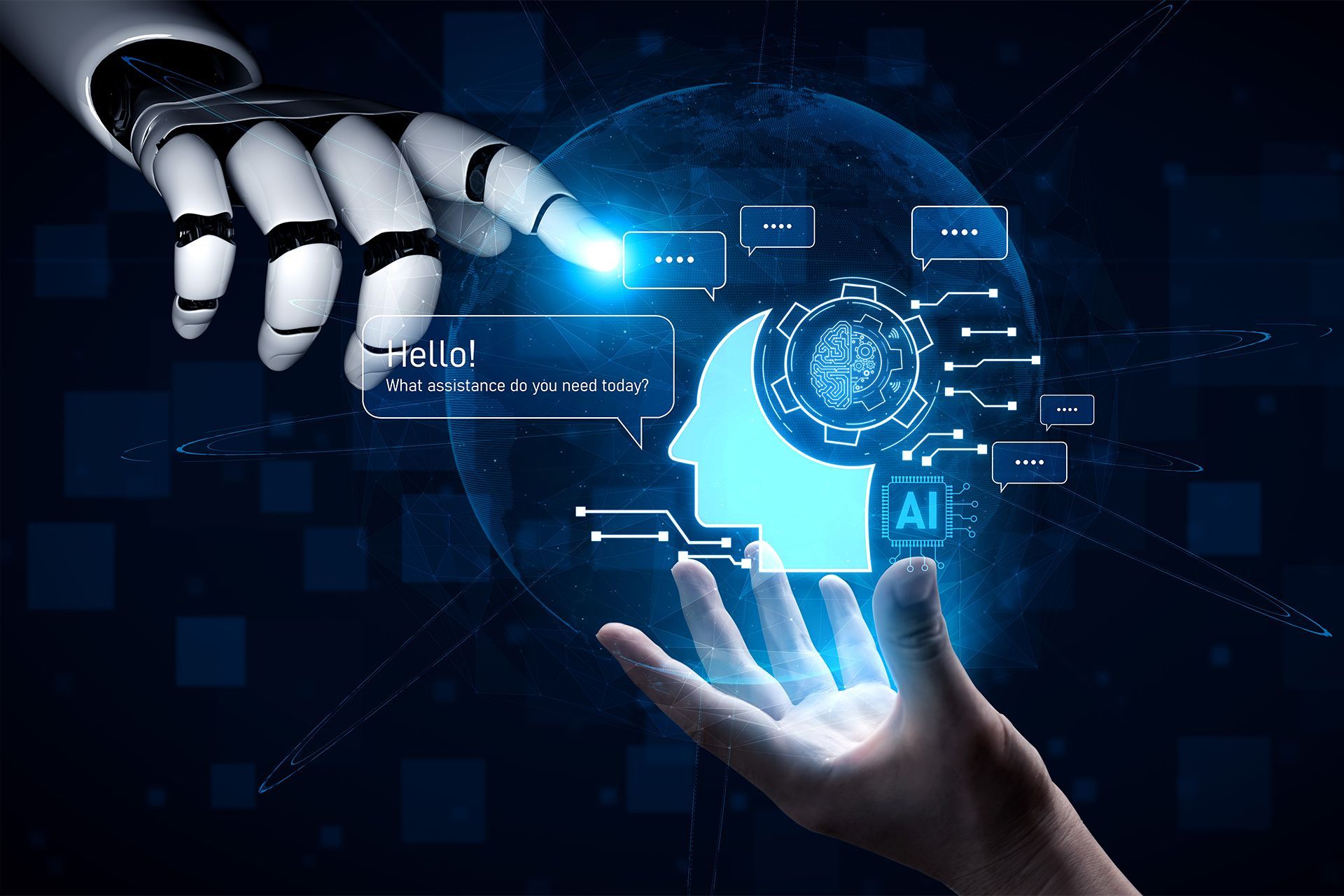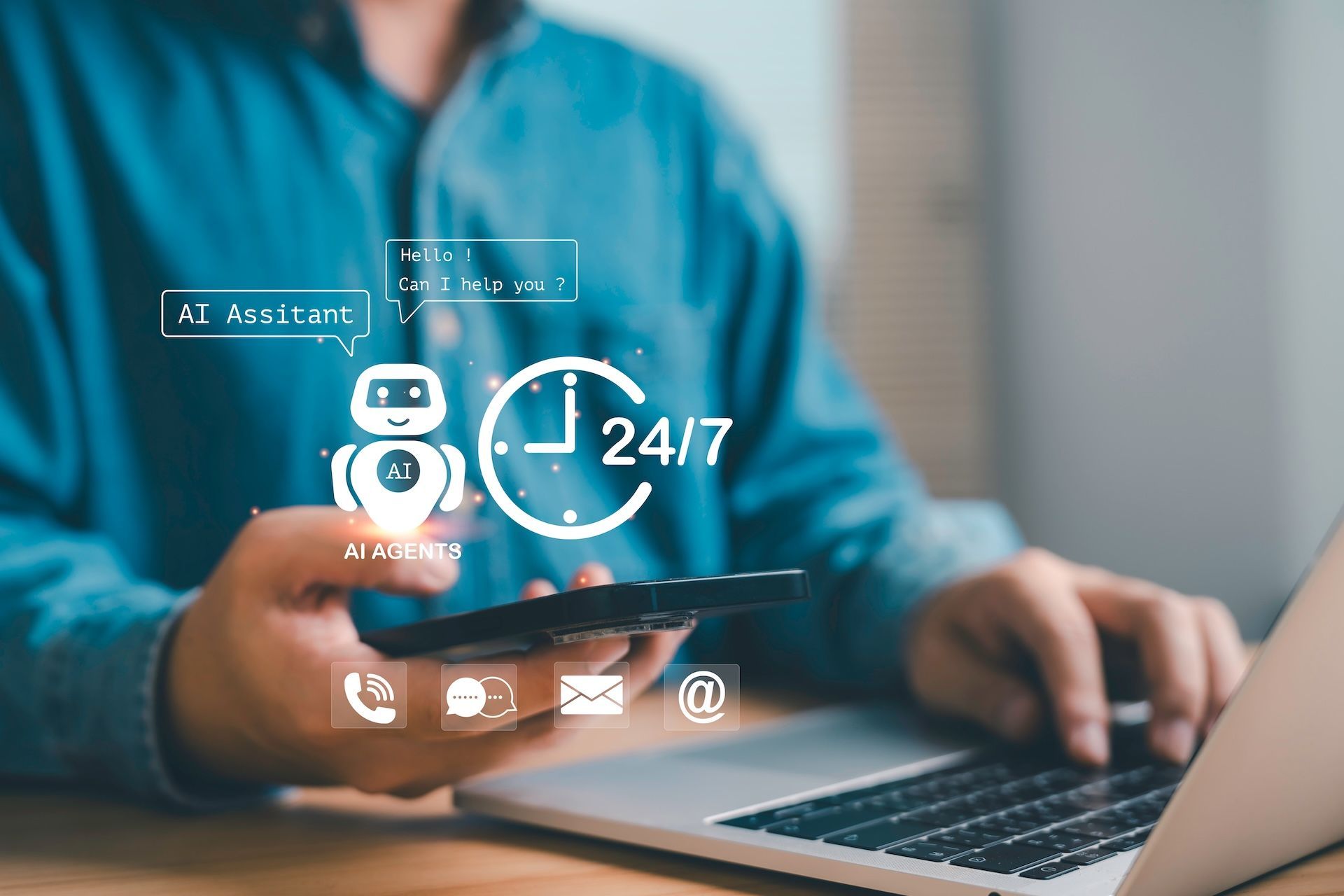Conversational AI Chatbot vs Assistants: Key Differences

Artificial Intelligence (AI) has changed the way businesses and individuals interact with technology. Among the most common AI-driven tools are conversational AI chatbots and AI assistants. While these terms are often used interchangeably, they have distinct functions and capabilities. Understanding the differences between them can help businesses and users make the right choice for their needs.
This guide will explore how conversational AI chatbots and AI assistants differ, their uses, and which one might be the best fit for your needs.
What is a Conversational AI Chatbot?
A conversational AI chatbot is a software program designed to simulate human conversation. These chatbots use natural language processing (NLP) and machine learning to understand and respond to user queries. They are commonly found in
24/7 customer support, marketing, and sales automation.
Key Features of Conversational AI Chatbots
- Automated Responses: Chatbots provide instant replies based on pre-set rules or AI learning models.
- 24/7 Availability: Unlike human agents, chatbots can operate round the clock, providing customer support at any time.
- Text and Voice Support: Some chatbots handle both text-based and voice interactions.
- Task-Specific Functionality: Chatbots are designed to perform specific tasks like answering FAQs, scheduling appointments, or processing orders.
Common Uses of Conversational AI Chatbots
- Customer Support: Chatbots help businesses respond to common customer questions without human intervention.
- Lead Generation: Companies use chatbots to engage visitors and collect user data for marketing.
- E-commerce Assistance: Chatbots recommend products, track orders, and assist in purchases.
- Healthcare & Banking: Chatbots help patients schedule appointments or allow banking customers to check their account balance.
What is an AI Assistant?
An AI assistant, also known as a virtual assistant, is a more advanced form of conversational AI that performs various functions beyond answering queries. AI assistants use deep learning, contextual understanding, and voice recognition to offer more personalized and complex interactions.
Key Features of AI Assistants
- Multi-Tasking: Unlike chatbots, AI assistants can handle multiple tasks, such as setting reminders, sending emails, or controlling smart home devices.
- Personalization: AI assistants learn from user interactions to provide tailored experiences.
- Voice Activation: AI assistants like Siri, Alexa, and Google Assistant respond to voice commands.
- Integration with Other Apps: AI assistants can connect with third-party applications to perform actions like booking a ride or playing music.
Common Uses of AI Assistants
- Smart Home Control: AI assistants help manage smart lights, thermostats, and security systems.
- Work Productivity: AI assistants schedule meetings, send reminders, and help with email management.
- Entertainment & Search: They provide personalized music recommendations, answer search queries, and offer weather updates.
- Accessibility Support: AI assistants help individuals with disabilities through voice commands and automation.
Key Differences Between Conversational AI Chatbots and AI Assistants
While both technologies rely on AI and NLP, there are some fundamental differences:
| Feature | Conversational AI Chatbots | AI Assistants |
|---|---|---|
| Primary Function | Designed for specific tasks like customer support or sales | Acts as a digital helper for various tasks |
| Level of Intelligence | Follows predefined scripts or AI models for responses | Uses deep learning and context to improve interactions |
| Interaction Type | Text-based, some support voice | Primarily voice-activated, with text options |
| Personalization | Limited personalization, mainly responds to predefined scenarios | Learns user preferences and adapts responses |
| Multi-Tasking | Focuses on single tasks | Handles multiple tasks across different platforms |
| Integration | Often integrated with customer service or business platforms | Connects with smart devices and third-party apps |
Which One is Right for You?
Choosing between a conversational AI chatbot and an AI assistant depends on your needs.
Use a Conversational AI Chatbot If:
✔ You need to automate customer service or
lead generation.
✔ You want a cost-effective solution for answering common queries.
✔ You need 24/7 availability for handling repetitive tasks.
Use an AI Assistant If:
✔ You want a personal assistant that helps manage daily tasks.
✔ You need voice-activated control over smart devices.
✔ You require a multi-functional AI tool for work productivity and organization.
The Future of Conversational AI
AI-powered chatbots and assistants are evolving rapidly. As AI models become smarter, we can expect the following:
- More Human-Like Interactions: Advanced NLP will make AI interactions more natural and engaging.
- Better Personalization: AI will provide even more tailored experiences based on user behavior.
- Seamless Integrations: AI assistants and chatbots will work together across multiple platforms to improve efficiency.
Conclusion
Conversational AI chatbots and AI assistants both improve digital interactions, but they serve different purposes. Chatbots are best for handling structured conversations, while AI assistants excel at multi-tasking and personalization. Understanding their key differences can help you choose the right tool for your business or personal needs.
Ready to enhance your digital experience? Explore the best AI chatbot solutions at
ChatArm!
Disclaimer: The information on this website and blog is for general informational purposes only and is not professional advice. We make no guarantees of accuracy or completeness. We disclaim all liability for errors, omissions, or reliance on this content. Always consult a qualified professional for specific guidance.






